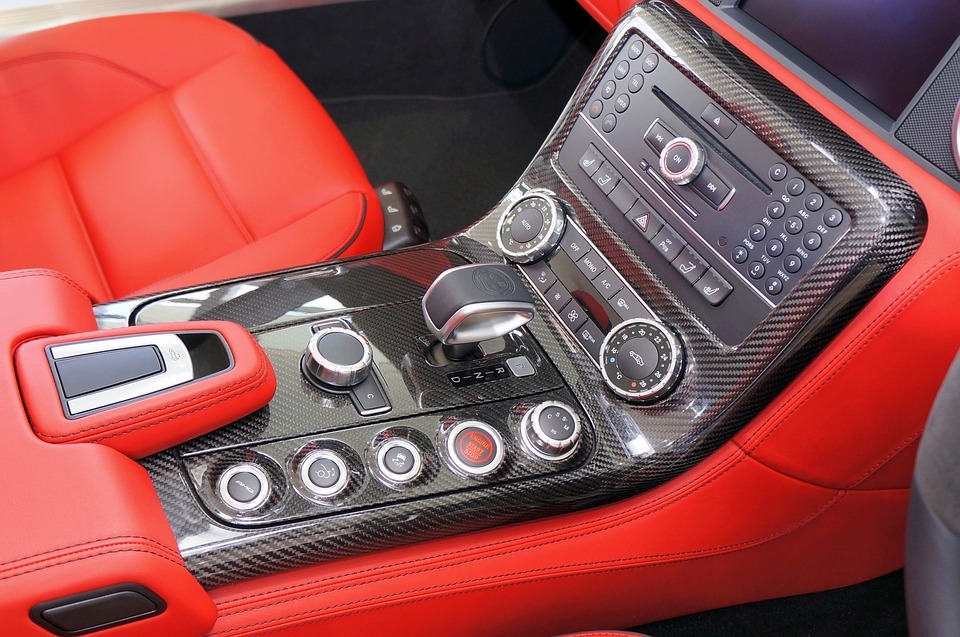For you to need an ignition interlock in the first place, that means you have been convicted for any related drunk driving offenses and you have been mandated or required to have an ignition interlock device attached to your vehicle.
Though it is the best alternative against doing jail time or paying huge fines, it might have a drawdown on your performance of other personal duties or work obligations.
Psst: if you’re in Texas, find about interlock in texas here.
Below are some ways for you to get out of ignition interlock.
Medical Exemption
By and large, not all states in the United States have this option but if you think you’re qualified for this, talk with your lawyer on the way forward who would liaise with the state DMV or and the court.
The state will likely grant you a medical exemption if you provide the necessary medical documentation that indicates you may not be able to use the ignition interlock devices successfully and safely.
This might be the case if you have medical problems related to lung infection and the medication you are placed on can trigger a wrong alarm on the IID.
Employer Exemption
Many states have this option of exemption. This will apply if you drive a company vehicle as part of your job details. If your employer is willing to allow you to continue with the same but doesn’t want to install an IID on his vehicles, they must sign a form stating that they are aware of your offenses and your restricted driving status but they are giving you the permission of driving the company car.
One thing about this is that you must always carry the paperwork along with you while driving and you are to drive only the company car without IID installed. This means if you are driving your car, you will need to install an ignition interlock device before you can do so. Failure to adhere may attract strict penalties.
Hardship Exemption
Only a few states have this exemption. This means that if you don’t have a car, you don’t need to install an IID but in the case where you share a vehicle with another person or you are unable to install an IID due to financial difficulties, you may be exempted in some circumstances. Most times, you will have to install the IID in the car you are sharing or you get assistance from the state to cater for the installation of the IID if in the instance of financial difficulties.
Early Removal
In some states, if you are a first-time offender, you may qualify for early ignition interlock removal or reinstatement after four to six months of full compliance with the state requirements.
To qualify for early reinstatement, check with your monitoring authority of the state if you meet the requirements.
Conclusion
You shouldn’t choose to comply or refuse to follow court orders. As these may lead to serious sanctions or jail terms and a bad record for you. So, check for whichever way you might pursue to get an early ignition interlock device removal from your vehicle to ensure full reinstatement of your licenses.

